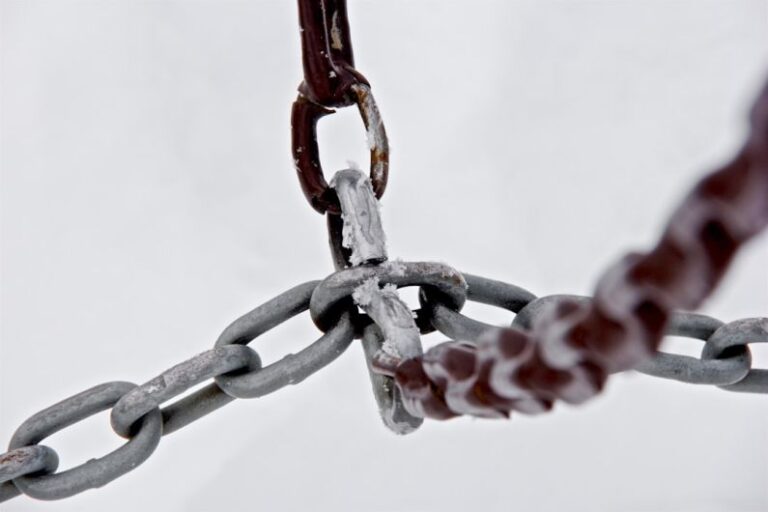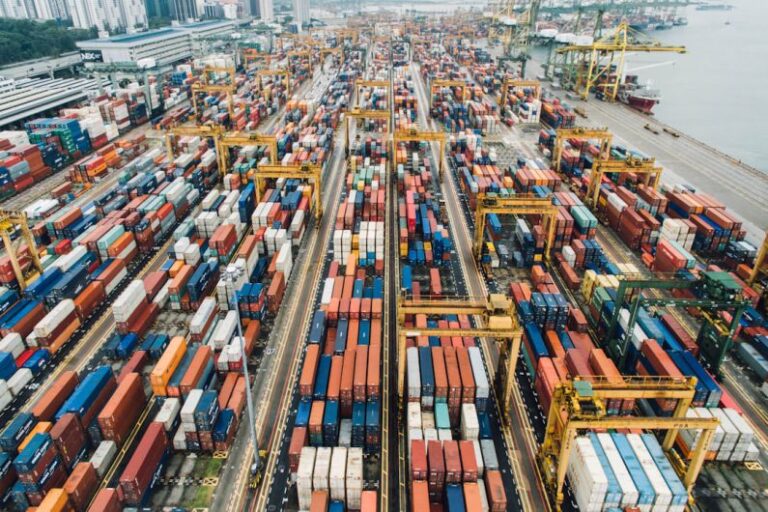The Role of Logistics in Disaster Response
In times of disaster, efficient and effective logistics play a critical role in ensuring that aid reaches those in need promptly. The ability to deliver essential supplies, such as food, water, medicine, and shelter, to affected areas can mean the difference between life and death for those impacted by a disaster. The coordination and management of logistics operations during disaster response efforts are essential to ensure that resources are distributed in a timely and organized manner. This article delves into the significant role of logistics in disaster response and highlights the key aspects that make it a vital component of emergency management.
**The Importance of Preparedness**
One of the key aspects of effective disaster response is preparedness. Having a well-thought-out logistics plan in place before a disaster strikes is crucial for ensuring a swift and coordinated response. This includes pre-positioning essential supplies in strategic locations, establishing communication channels with relevant stakeholders, and training personnel on emergency protocols. By being prepared, organizations can streamline their logistics operations and respond more effectively to the needs of affected populations.
**Supply Chain Management**
Central to successful disaster response logistics is efficient supply chain management. This involves the coordination of activities such as procurement, transportation, warehousing, and distribution of goods and services. During a disaster, supply chain managers must work swiftly to identify the most critical needs, source the required supplies, and ensure their timely delivery to affected areas. Effective supply chain management minimizes bottlenecks and maximizes the impact of relief efforts, ultimately saving lives and reducing suffering.
**Transportation and Distribution**
Timely and reliable transportation is essential for delivering aid to disaster-affected areas. Whether by road, air, sea, or a combination of modes, logistics professionals must ensure that supplies reach their intended destinations quickly and safely. In disaster response scenarios, where infrastructure may be damaged or inaccessible, logistics teams must be agile and resourceful in finding alternative transportation routes. Additionally, efficient distribution networks must be established to ensure that aid reaches the most vulnerable populations in a timely manner.
**Information Management**
In the digital age, information management plays a crucial role in disaster response logistics. Real-time data on the status of supplies, transportation routes, and beneficiary needs are essential for making informed decisions and optimizing resource allocation. Utilizing technology such as geographic information systems (GIS) and satellite imagery can help logistics teams track and monitor the movement of goods, identify areas of need, and coordinate response efforts with precision.
**Collaboration and Coordination**
Effective disaster response logistics require close collaboration and coordination among various stakeholders, including government agencies, non-governmental organizations, private sector partners, and local communities. By working together and sharing resources and expertise, organizations can avoid duplication of efforts, maximize efficiency, and ensure a more comprehensive response to the disaster. Coordination mechanisms, such as regular meetings, joint planning sessions, and information-sharing platforms, are essential for fostering collaboration and synergy among stakeholders.
**Empowering Local Communities**
In disaster response logistics, empowering local communities to participate in the response efforts is key to ensuring sustainability and resilience. Local knowledge and resources can be invaluable in navigating complex logistical challenges and reaching isolated populations. By involving community members in the planning and implementation of logistics operations, organizations can build trust, foster ownership, and enhance the overall effectiveness of the response.
**Innovations in Logistics Technology**
Advancements in logistics technology have revolutionized disaster response efforts in recent years. From drone deliveries to blockchain-based supply chain tracking systems, innovative technologies are enabling faster, more transparent, and more cost-effective logistics operations. By embracing these technologies and incorporating them into their response strategies, organizations can enhance their agility, responsiveness, and overall impact in disaster-affected areas.
**Adapting to Climate Change**
As the frequency and intensity of natural disasters increase due to climate change, the role of logistics in disaster response is becoming even more critical. Organizations must adapt their logistics strategies to account for evolving risks and vulnerabilities, such as extreme weather events, sea-level rise, and ecosystem degradation. By integrating climate change considerations into their logistics planning and operations, organizations can build more resilient supply chains and better prepare for future disasters.
**In Conclusion**
The role of logistics in disaster response cannot be overstated. From preparedness and supply chain management to transportation, information management, collaboration, and innovation, effective logistics is essential for ensuring a swift and coordinated response to disasters. By investing in robust logistics systems, embracing new technologies, and empowering local communities, organizations can enhance their ability to save lives, reduce suffering, and build resilience in the face of adversity. As disasters continue to pose significant challenges to communities around the world, the importance of logistics in disaster response will only continue to grow.






